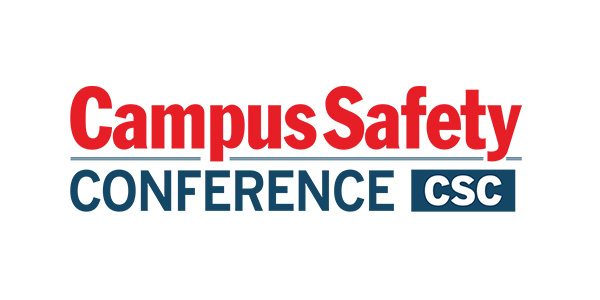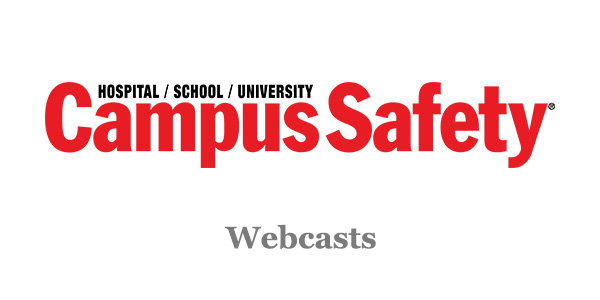The potential for school-related terrorism in the United States is quite real. The sheer number of terrorist attacks and disrupted planned attacks by terrorists in the United States and abroad provides one indication of this possibility. Many school and public safety officials are re-evaluating their prevention and emergency preparedness measures to see how well they address the wide array of attack methodologies used in terrorist attacks.
There are emergency preparedness measures that can enhance the ability of school and public safety officials to respond to various terrorist attacks. Most of these approaches can also help better prepare campuses for far more common types of critical incidents, such as the release of toxic chemicals during a transportation accident in the community.
1. Emergency communications protocols
This aspect of emergency preparedness involves written, trained and practiced approaches to improve the speed and effectiveness of communications in the first critical seconds of a crisis event. We have seen a dramatic shift where school employees are often now being taught to call 9-1-1 directly as the first notification. In practice, this has resulted in significant delays in the implementation of protective actions, such as lockdown when there is only one staff member available to make emergency notifications. Emergency communications protocols combined with building level drills and tabletop exercises can help prepare staff to make the right communications in the correct order so these types of potentially deadly gaps are avoided.
RELATED: How to Plan for Unified Emergency Communications on K-12 Campuses
2. Emergency lockdown protocol
One of the most hotly debated protective actions – the emergency lockdown protocol – is also among the most important procedures for acts of school violence. Extensive testing of school employees in 38 states during the past three years demonstrates that the fail rate for staff initiated lockdowns is very high when all-hazards scenarios are used. In fact, overall, school employees participating in timed one- on-one school crisis simulations failed to implement a lockdown on their own initiative more than 70 percent of the time when presented with situations where a lockdown should be utilized. For this reason, a focus on training and empowering staff to initiate a lockdown and to notify the office of the need to lockdown the rest of the campus are especially important.
RELATED: 9 Tips for More Effective School Lockdowns
3. Reverse evacuation protocol
Schools that do not have a written and drilled reverse evacuation protocol are not properly prepared to implement an emergency lockdown, shelter in place for hazardous materials incident in the community or severe weather sheltering protocol if staff and students are outside when the situation arises. Reverse evacuation drills can be relatively easy to conduct and are especially important. Typically, the reverse evacuation drill is used in combination with a lockdown drill, severe weather sheltering drill or hazardous materials shelter in place drill.
4. Room clear protocol
Though very few school emergency plans include it, the room clear protocol is extremely useful. The room clear protocol can be used to rapidly clear students and staff from a classroom, office area, gymnasium, cafeteria or other space. The combination of a thoughtfully worded room clear protocol, effective staff development and periodic room clear drills can significantly improve survivability for a variety of types of incidents. This protocol is also extremely useful for much more common situations, such as an out of control student, intoxicated visitor in the main office or a classroom medical emergency.
5. Bomb threat and explosion protocols
Though bomb threat and explosion protocols are often divided into two distinct protocols, both are extremely important when terrorism is considered. A robust bomb threat protocol that affords for both evacuate-and-search and search-in-place options is helpful. Automatic evacuation for every bomb threat can make it easier for aggressors to use a bomb threat to bring evacuees to an explosive device location, shoot evacuees or to target them through the release of chemical weapons. Rotation of evacuation sites and visual sweeping of evacuation routes and sites are especially important considerations. It is also recommended that schools have plans for a law enforcement presence to protect evacuees.













